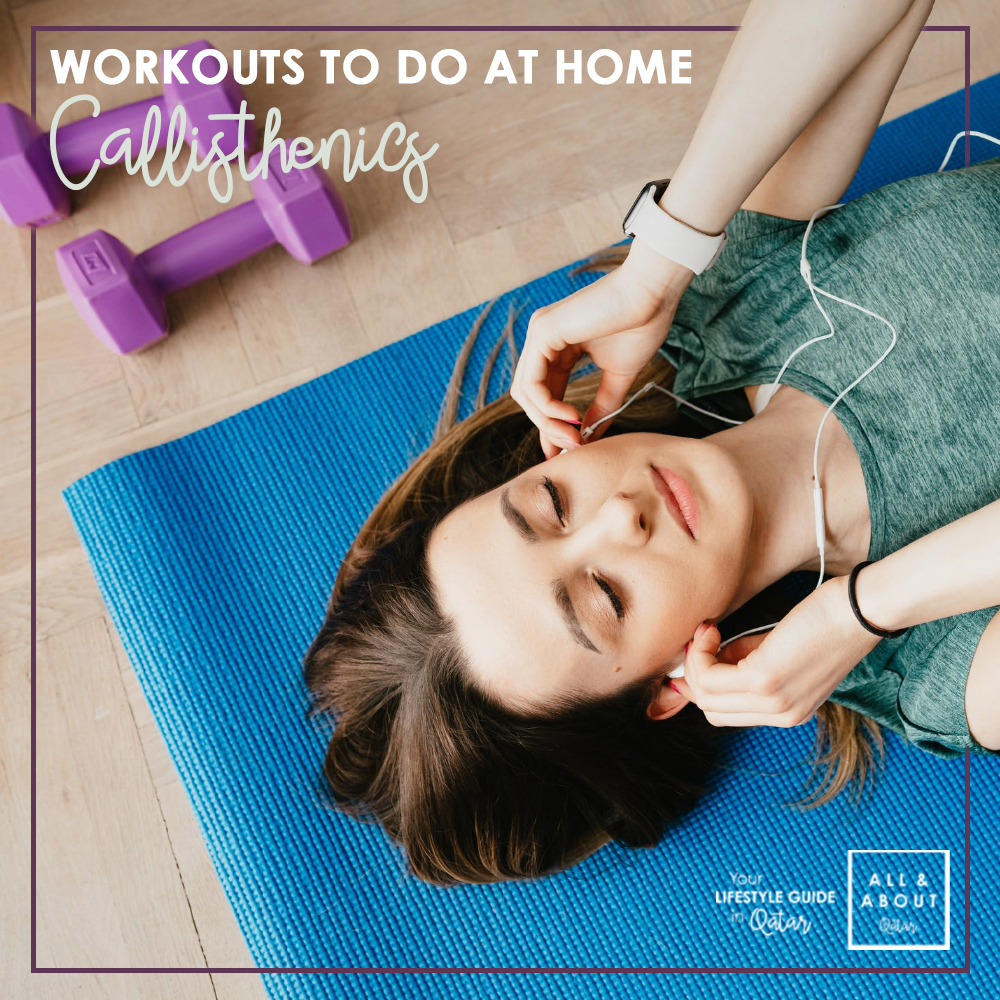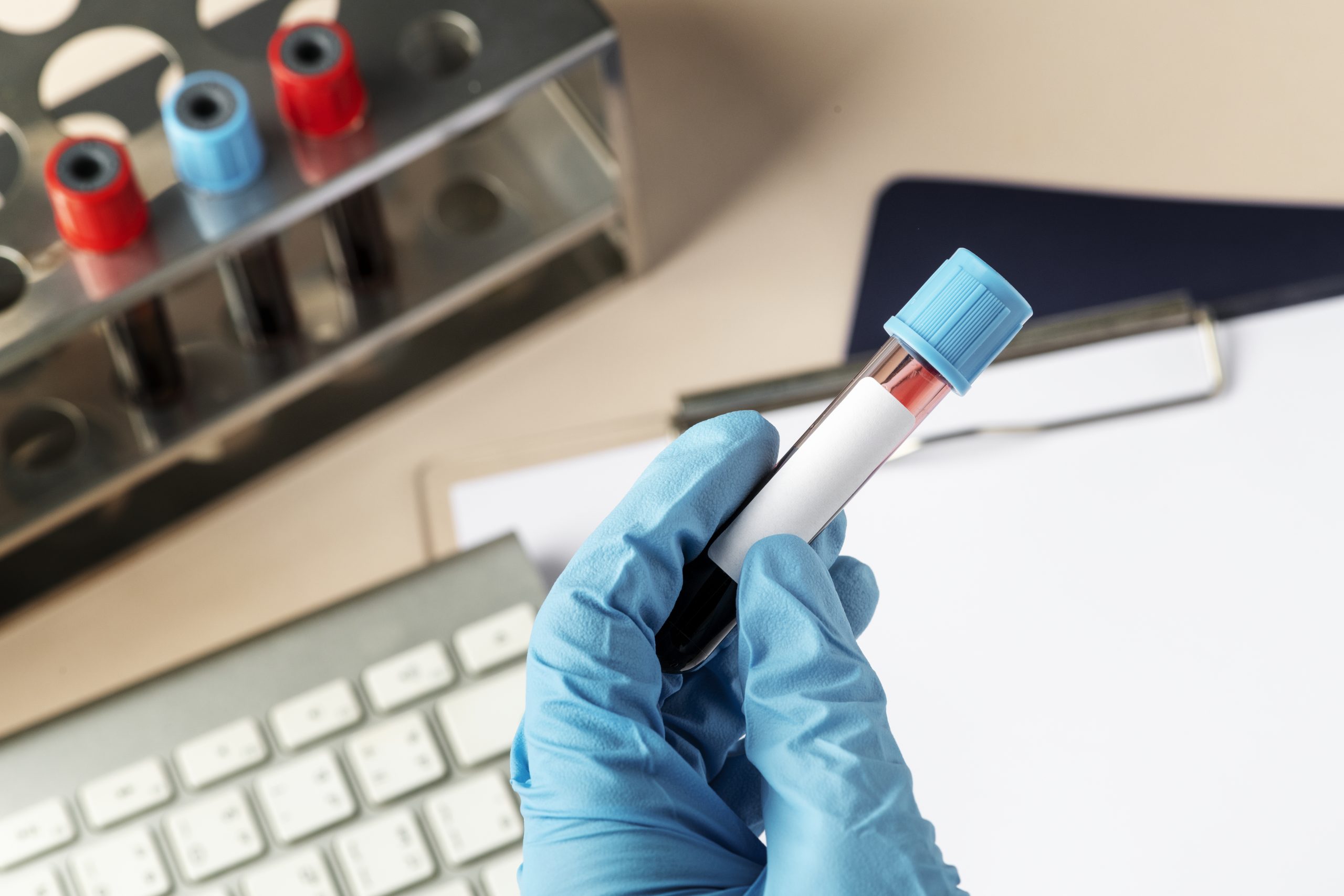Sunshine is a year-round fact of life in Qatar and most of us know that we should probably be making sure that we protect our skin against the sun’s rays by putting on sunscreen. But according to a recent study by King’s College London researchers, most of us aren’t applying enough of the UV-blocking stuff and may be leaving our skin far more vulnerable to cancer-causing sun damage than thought.
It’s been long known to scientists that most of us aren’t getting the amount of protection we think we’re getting from sunscreen. In fact, research findings last year from the University of Liverpool showed that most of us miss around 10 per cent of our skin when applying sunscreen, usually around or on the eyelids where five to 10 percent of cancers occur.
But this recent study shows the findings of a novel experiment that assessed how much sun damage the skin incurs when we apply sunscreen more thinly than the thickness of 2mg/cm2 that manufacturers recommend. This thickness – around 1/4 of a teaspoon of sunscreen applied to the face – is the amount tested when manufacturers achieve their SPF rating. Most of us, however, apply sunscreen in a way that’s estimated to – at best – only give us 40 per cent of the protection we think we’re getting.
The researchers divided a group of 16 fair-skinned volunteers into two groups containing five women and three men each. One group received a single exposure to UV rays to mimic the effect of sunlight over areas covered in sunscreen of different thicknesses: 0.75mg/cm2, 1.3mg/cm2 and 2mg/cm2. The second group of volunteers had the same sunscreen coverage but were exposed to varying doses of UV rays for five days in a row to mimic real-life sun exposure in popular holiday destinations such as Florida.
The results of the study showed that for the group that was continuously exposed to UV rays, significant sun damage was incurred on the DNA of the parts of the skin that received no sun protection. The damage was reduced when 0.75 mg/cm2 of sunscreen was applied on the skin and was significantly reduced when 2mg/cm2 of sunscreen was applied.
Across all samples, adequate application of sunscreen (2mg/cm2) with continuous UV ray exposure for five days was shown to cause less skin damage than a single day’s low dose UV ray exposure without sun protection.

Source: Clark Howard
What does this mean for us?
The message is clear: sunscreen application is essential, but the author of the report, Professor Antony Young from King’s College London, adds that this research shows that the way we apply is also important. As people tend to apply less sunscreen than necessary, he says that choosing a higher SPF sunscreen is better.
Nina Goad of the British Association of Dermatologists also agrees. She says that although an SPF 15 sunscreen is sufficient in theory, in real life, people would benefit from choosing a sunscreen with an SPF of 30 or higher. She also adds that applying sunscreen isn’t enough as we tend to miss parts of our skin, so it’s also important to wear covering clothing and to stay in the shade.
But the volunteers in this study were fair-skinned, this should mean that darker-skinned people are safe from the sun’s rays, right? Wrong.
While it’s true that having darker skin means having more melanin (a brown pigment with a protective effect against UV rays) this does not equate to immunity against sun damage.
Ranella Hirsch, MD, a Boston dermatologist and past president of the American Society of Cosmetic Dermatology and Aesthetic Surgery told the Reader’s Digest that skin colour does not tell the whole story and that darker-skinned people can have genes that make them more vulnerable to getting skin cancer. The same article also cited that a CDC paper showed that 30 per cent of people from darker-skinned ethnicities had reported at least one sunburn in the previous year.
Dermatologists also urge the public to not believe myths that portray sunscreen use as more dangerous than sun exposure. Although there have been reports of potential free-radical damage to skin cells and oestrogen-like effects from sunscreen ingredients like oxybenzone, these effects have been explored in rat studies and have never been shown in humans.
Darrell Rigel, MD, a clinical professor of dermatology at New York University Medical Center also told the Reader’s Digest that the dosage of oxybenzone used in the rat study showing oestrogen-like effects of the ingredient was also unrealistically high. “If you used SPF 30 every day and applied it thoroughly to your entire body, it would take 35 years to reach the level of exposure that the rats did,” he said.
So what’s the take-home message? Slather it on, there’s no excuse not to! And make sure you’re doing it properly.






Leave A Comment
You must be logged in to post a comment.